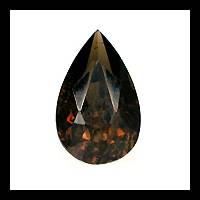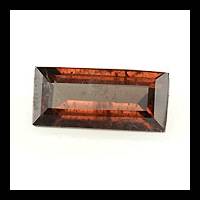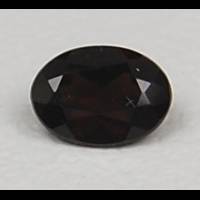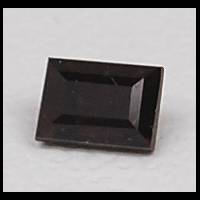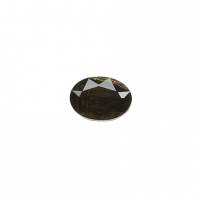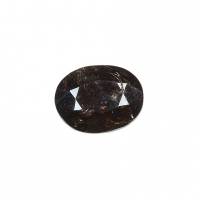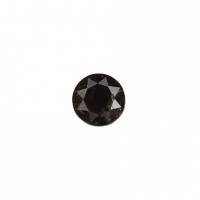Painite
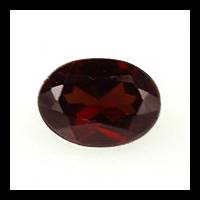
Myanmar
0.49 carats
© Palagems
Painite forms elongated, pseudo-orthorhombic transparent deep garnet-red crystals. Pleochroism is ruby-red and pale brownish orange or pale red-orange.
Painite was recognized as the rarest gem material on Earth, however many more stones have since been found. Many hundred stones have been faceted, but facet rough material of fine quality is still rare.
Painite Gemstones by Colour
This table shows the variety of hues this gemstone can be found in. Click on a photo for more information.
Painite Gemstones by Size
This table shows distribution of Painite gemstone sizes that are listed on this site. This can give a good indication as to the general availability of this gemstone in different sizes.
Contributed photos
Lightest:0.03 cts
Heaviest:1.12 cts
Average:0.34 cts
Total photos:18
Do you have a larger Painite? Why not upload a photo?
| General Information | |||||||||||||||||||||
|---|---|---|---|---|---|---|---|---|---|---|---|---|---|---|---|---|---|---|---|---|---|
| Chemical Formula |
| ||||||||||||||||||||
| Physical Properties of Painite | |||||||||||||||||||||
| Mohs Hardness | 7.5 to 8, Blue Chart Gem Identification (2010) More from other references | ||||||||||||||||||||
| Specific Gravity | 4.00 to 4.03, Blue Chart Gem Identification (2010) More from other references | ||||||||||||||||||||
| Fracture | Conchoidal, Gemstones (2009) | ||||||||||||||||||||
| Optical Properties of Painite | |||||||||||||||||||||
| Refractive Index | 1.787 to 1.816, Blue Chart Gem Identification (2010) More from other references | ||||||||||||||||||||
| Optical Character | Uniaxial/-, Blue Chart Gem Identification (2010) More from other references | ||||||||||||||||||||
| Birefringence | 0.029, Blue Chart Gem Identification (2010) More from other references | ||||||||||||||||||||
| Pleochroism | Strong dichroism: yellow-brown - red to brown-violet (pinkish samples: nearly colorless - pale orangy-pink), Blue Chart Gem Identification (2010) More from other references | ||||||||||||||||||||
| Colour | |||||||||||||||||||||
| Colour (General) | Deep garnet-red, Gems, Sixth Edition (2006) More from other references | ||||||||||||||||||||
| Transparency | Transparent, Gems, Sixth Edition (2006) More from other references | ||||||||||||||||||||
| Lustre | Vitreous, Gemstones (2009) | ||||||||||||||||||||
| Fluorescence & other light emissions | |||||||||||||||||||||
| Fluorescence (General) | Inert to weak red, Blue Chart Gem Identification (2010) | ||||||||||||||||||||
| Fluorescence (Short Wave UV) | Red or greenish, Blue Chart Gem Identification (2010) | ||||||||||||||||||||
| Crystallography of Painite | |||||||||||||||||||||
| Crystal System | Hexagonal, Blue Chart Gem Identification (2010) More from other references | ||||||||||||||||||||
| Habit | Elongated, pseudo-orthorhombic, Gems, Sixth Edition (2006) More from other references | ||||||||||||||||||||
| Geological Environment | |||||||||||||||||||||
| Where found: | In gem gravels, Handbook of Mineralogy (2001) | ||||||||||||||||||||
| Inclusions in Painite | |||||||||||||||||||||
| Feather-like inclusions, hexagonal tabular crystals | |||||||||||||||||||||
| Further Information | |||||||||||||||||||||
| Mineral information: | Painite information at mindat.org | ||||||||||||||||||||
| Significant Gem Localities | |||||||||||||||||||||
| |||||||||||||||||||||

